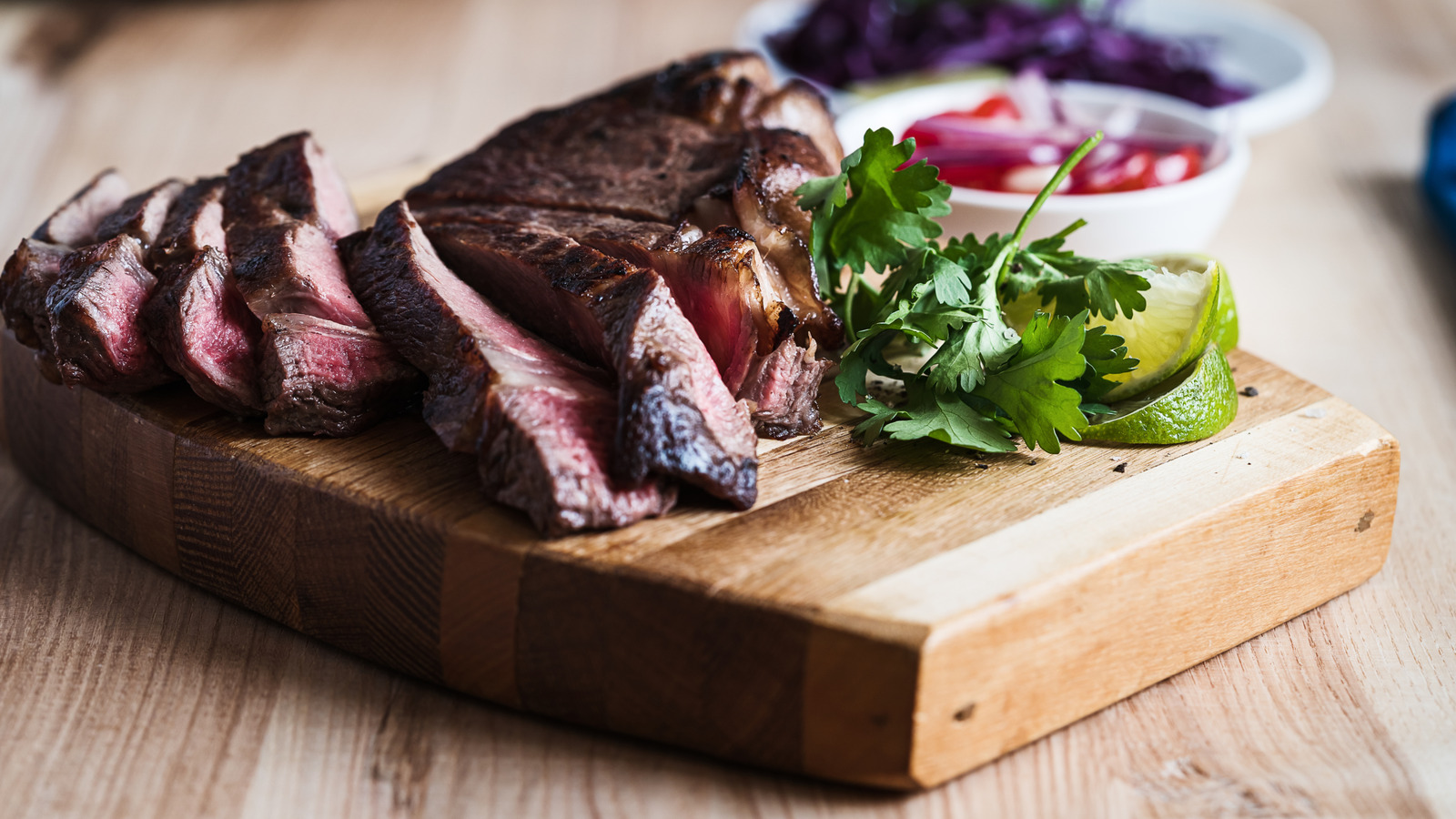
"First, ensure your cutting board is free of leftover food particles by giving it a thorough wipe. Then, wash it with soapy warm water and rinse. Unfortunately, most stop here thinking that this initial clean is enough, and the most important part is often forgotten. Properly sanitizing your cutting board reduces bacteria to an amount that's considered safe by the FDA. Chlorine, iodine, and quaternary ammonium are currently the food-grade approved sanitizers by the FDA."
"One tablespoon of bleach per gallon of water is the recommended ratio for cleaning. According to the most updated 2022 Food Code, a "contact time of at least 7 seconds for a chlorine solution of 50 mg/L that has a pH of 10 or less and a temperature of at least 100 degrees Fahrenheit or a pH of 8 or less and a temperature of at least 75 degrees Fahrenheit" is required for proper sanitation."
Deep cuts in wooden and plastic cutting boards can harbor harmful bacteria and pathogens that build up and cause foodborne illness. Cleaning requires removing leftover food particles, wiping, washing with soapy warm water, and rinsing. Proper sanitation reduces bacteria to FDA-safe levels. FDA-approved food-grade sanitizers include chlorine, iodine, and quaternary ammonium. For chlorine sanitation, use one tablespoon of food-grade bleach per gallon of water. The 2022 Food Code requires a contact time of at least 7 seconds for a 50 mg/L chlorine solution under specified pH and temperature conditions. Hot water, adequate contact time, and air drying complete the process.
Read at Tasting Table
Unable to calculate read time
Collection
[
|
...
]